Asia, grand and enigmatic, is home to soaring mountains, sprawling forests—and a subterranean world unrivalled for its sheer majesty and mystery. For centuries, intrepid adventurers, naturalists, and explorers have marvelled at the intricate caves hidden beneath the continent's dramatic landscapes. If you fancy yourself an adventurer or a nature lover, prepare to venture far below the surface as we shine a headlamp on some of the most spectacular caves Asia has to offer.
THE GIANT OF VIETNAM: SON DOONG CAVE
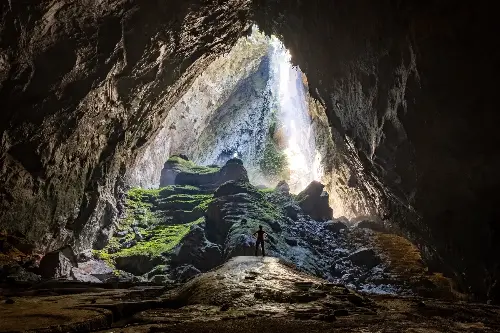
Son Doong Cave in Phong Nha-Ke Bang National Park, Vietnam, is no ordinary cavern; it is, in fact, the largest known cave passage in the world. Discovered only in the 1990s and fully explored by British cavers in 2009, this colossal underground wonder boasts a chamber so vast it could fit a 40-storey skyscraper. Imagine daylight piercing through collapsed ceilings, nourishing jungles that flourish inside, and clouds forming in the vast expanse of the main cavern.
Inside, explorers encounter stalagmites as tall as buildings, an underground river, and ecosystems undisturbed for millions of years. Access is strictly limited with controlled guided tours, ensuring its delicate environment is carefully preserved for inquisitive travellers of the future.
MAGNIFICENT MARBLE: ELEPHANTA AND AJANTA CAVES, INDIA
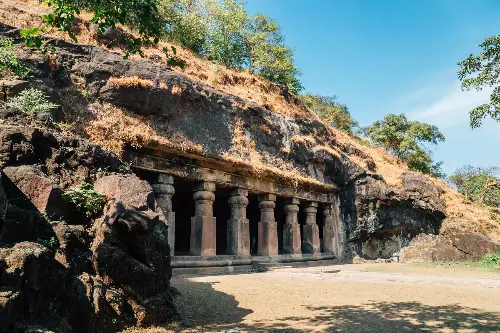
India, with its profound history, shelters some of the most awe-inspiring human-carved caves. The UNESCO-listed Elephanta Caves on Gharapuri Island near Mumbai are a labyrinth of rock-cut temples rich with intricate sculptures dedicated to Shiva, dating back to the 5th century. Likewise, the Ajanta Caves in Maharashtra captivate visitors with their 2,000-year-old Buddhist murals, statues, and monastic halls chiseled into a steep cliff.
What sets these caves apart is not just their spiritual resonance but the artistry, engineering, and the stories preserved in paint and stone—a testament to the creativity of ancient Indian civilisations set deep within the Earth's surface.
THAILAND’S HIDDEN TREASURES: THAM LOT AND THAM LUANG CAVES
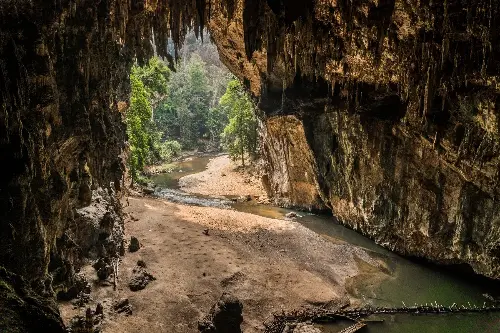
Thailand’s northern countryside holds underground secrets of its own. Tham Lot Cave, near the village of Soppong, is a labyrinthine river cave stretching 1.7 km, explored by bamboo raft. It is adorned with gigantic stalactites and home to thousands of swifts and bats. The cave’s series of chambers conceal ancient teak coffins, believed to have been left by the Lawa people thousands of years ago—making a visit as much about history as geology.
Equally fascinating, Tham Luang Cave shot to global attention in 2018 when a group of young footballers and their coach were famously rescued from its flooded depths. Aside from its headline-making past, Tham Luang is a remarkable karst cave network that entices experienced spelunkers seeking adventure.
THE UNDERGROUND RIVERS OF PALAWAN: PUERTO-PRINCESA SUBTERRANEAN RIVER, PHILIPPINES
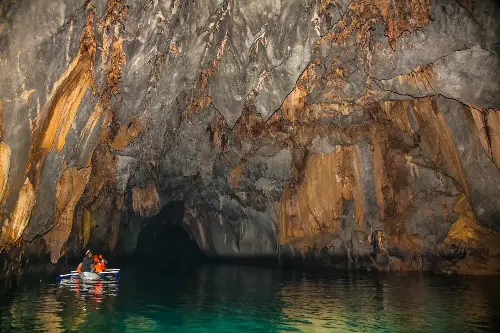
Few places on Earth boast an underground river quite like that in Palawan, Philippines. The Puerto-Princesa Subterranean River snakes through a captivating limestone cave system before spilling out into the South China Sea. Recognised as a UNESCO World Heritage Site and one of the New 7 Wonders of Nature, it draws visitors eager to glide past dramatic stalactites, cathedral-like chambers, and astonishing wildlife.
Uniquely, the river’s tides create shifting water levels, lending each journey a slightly different experience. It’s not just a thrill for geology buffs—biologists are equally enthralled by the bats, swiftlets, and exotic plant life that flourish in this extraordinary biosphere.
THE LUMINESCENT LABYRINTHS OF MALAYSIA: DEER CAVE AND BATU CAVES
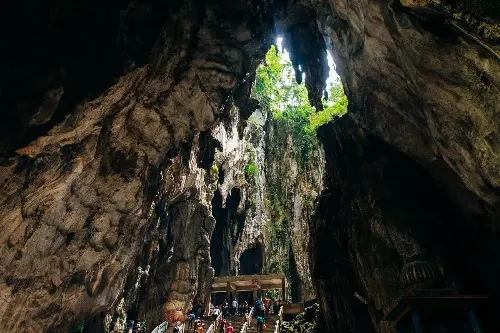
Malaysia’s Deer Cave, part of the Mulu National Park in Borneo, is another world-record holder, boasting one of the largest cave passages on the planet. Above, a stunning natural arch frames the entrance, whilst inside millions of bats surge from the darkness at dusk—a breath-taking sight for any visitor.
Closer to the bustling city of Kuala Lumpur, the Batu Caves combine dramatic geological beauty with religious significance. Towering at the cave entrance, a statue of Lord Murugan presides over 272 rainbow-bright steps, leading up to temples nestled in luminous limestone chambers—each year, it’s the focus of Malaysia’s vibrant Thaipusam festival, drawing thousands of devotees and curious travellers alike.
CAVING FOR THE FUTURE
Exploring Asia’s subterranean wonders is not for the faint-hearted, yet the effort is rewarded by scenes that redefine what we think possible beneath our feet. Whether it’s witnessing rare cave-dwelling species, admiring ancient artistry, or navigating underwater rivers, each cave tells a story—both of nature’s relentless artistry and humanity’s quest for the unknown.
For adventurers and nature lovers, these underground marvels are a reminder that some of the world’s most stunning scenery waits patiently just beneath the surface, daring us to wander a little deeper.
